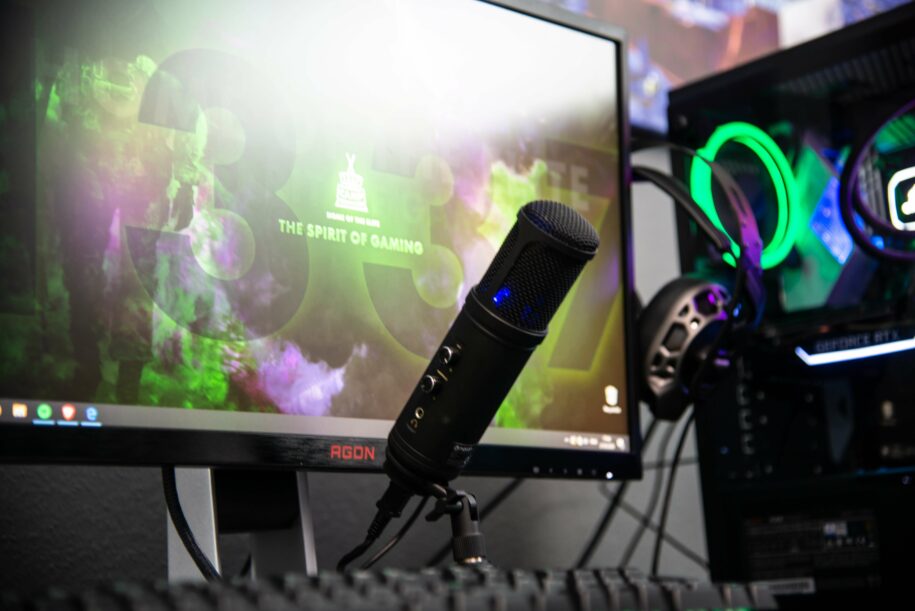The world of social media is ever-changing and constantly evolving, leaving users to try and keep up with the latest updates. With the introduction of new algorithms into social media, your feed has become a whole new ball game. Algorithms are the driving force behind what content you see, when you see it, and even how you interact with it.
But how do these complex mathematical equations work? This article explains the science behind social media algorithm and how it affects users positively and negatively. Keep reading to find out how social media algorithm manipulation impacts your posts, likes, and comments, and how they are changing the game of social media.
Table of Contents
The Reason Behind Social Media Algorithms

When it comes to social media, algorithms are the driving force behind what users see and when they see it. But how do algorithms work on social media? Algorithms are designed to provide users with the most relevant content tailored to their interests while keeping up with the ever-changing online trends. These complex equations also influence how users interact with content on social media websites, such as recommending new posts for people to engage with or suggesting relevant pages.
How Social Media Algorithms Work
Social media algorithms are complex and ever-changing, but understanding how they work can help you use them better. Here are some basic principles to keep in mind:
- Personalization: Social media algorithms are a powerful tool that helps personalize user experience and increase engagement. They are designed to optimize the content users see, cut out the noise, save time, and enhance visibility for businesses. By understanding how these algorithms work, users can use them to their advantage and create content tailored to individual interests and preferences.
- Power of Interaction: SM algorithms can measure how users interact with posts and stories, allowing them to tailor their experience further. By analyzing user behavior, algorithms can determine which posts are the most engaging and recommend similar content in the future. This helps ensure users see content that interests them, leading to greater engagement and a better overall experience.
- Adaptability: Algorithms are constantly updated to provide users with the best possible experience. As user behavior changes and new trends emerge, algorithms can adapt to ensure the content users see is always relevant and engaging. Understanding how these algorithms work can help businesses stay ahead of the competition and create content that will reach a wider audience.
How Social Media Algorithms Influence Users
Users are constantly being guided by the invisible hand of social media algorithms, which can affect how they interact with content. As these algorithms show more relevant posts and stories, users become more engaged in the platform, finding it easier to stay updated on the topics that interest them. Here are ways these algorithms can influence user behavior:
- Optimize user experience: Social media algorithms may seem complicated and intimidating, but understanding how they work is key to ensuring your content reaches the widest possible audience. Now that you understand their science, you can use them to your advantage by creating content tailored to the interests and preferences of an individual user.
- Increase user engagement: Social media algorithms are designed to maximize user engagement and ensure people return to the platform. By tailoring content to individual users, they create a more personalized experience that encourages people to interact with the content they see. This can include likes, comments, shares, and other forms of engagement. By analyzing user behavior, algorithms can recommend posts or stories they think users will be interested in, leading to greater engagement.
- Cut out the noise: Nobody likes to be inundated with irrelevant content. Social media algorithms are designed to cut out the noise and ensure that users only see what they want. This helps create a more enjoyable experience for users, as they do not have to sift through content that doesn’t interest them.
- Save time: Social media algorithms are designed to save users time by only displaying the most relevant content to each individual. This means that users can quickly and easily find news, stories, or posts they care about without searching through countless irrelevant ones.
- Enhance visibility: Social media algorithms are designed to promote engaging and beneficial content to users, increasing its visibility. Posts with more likes, comments, and shares will be seen more often, leading to greater engagement and ultimately helping businesses reach new potential customers. Creating useful and interesting content can help your posts stand out and gain more traction.
Conclusion
Social media algorithms constantly evolve to meet users’ needs, providing them with a more personalized experience. With their ability to optimize content and increase visibility, these algorithms can be a powerful tool for businesses looking to reach new customers. Businesses can create content that delivers maximum impact and engagement by understanding how social media works and leveraging the capabilities of algorithms.
The impact of social media algorithms is undeniable. Shaping how we interact with each other and our environment. As these algorithms become more sophisticated, so will their influence over how we consume information and our decisions. The implications are far-reaching, but it’s important to remember that, at its core, social media is a tool for connecting people and ideas. The right approach can be a powerful way to bridge gaps and create meaningful relationships.
- Mastering Social Media: Tips and Strategies for Effective Marketing - October 3, 2023
- Harnessing the Power of Social Media for Elevating Customer Service - October 3, 2023
- Social Media Marketing Insights and Strategies for Success - October 3, 2023

